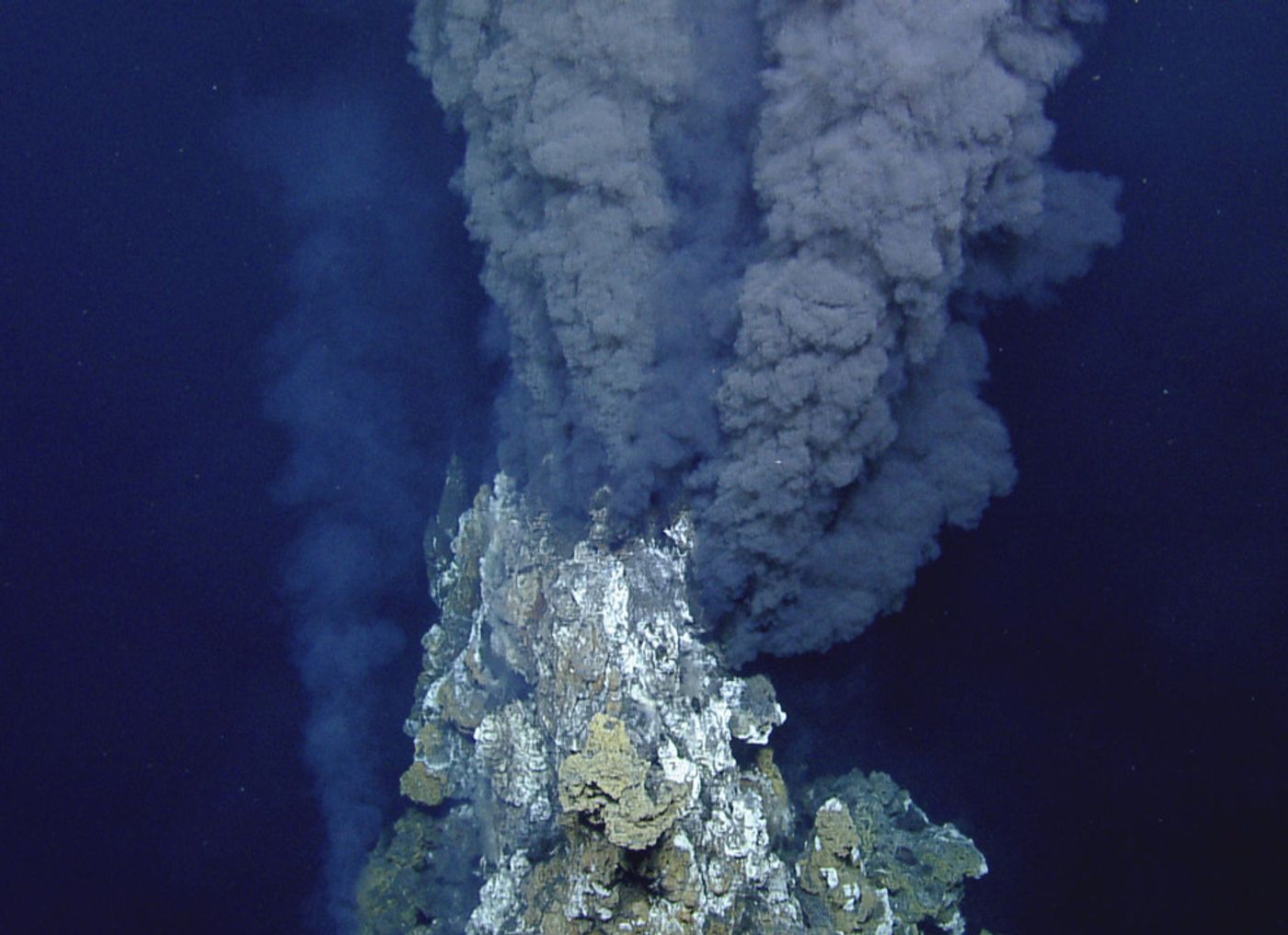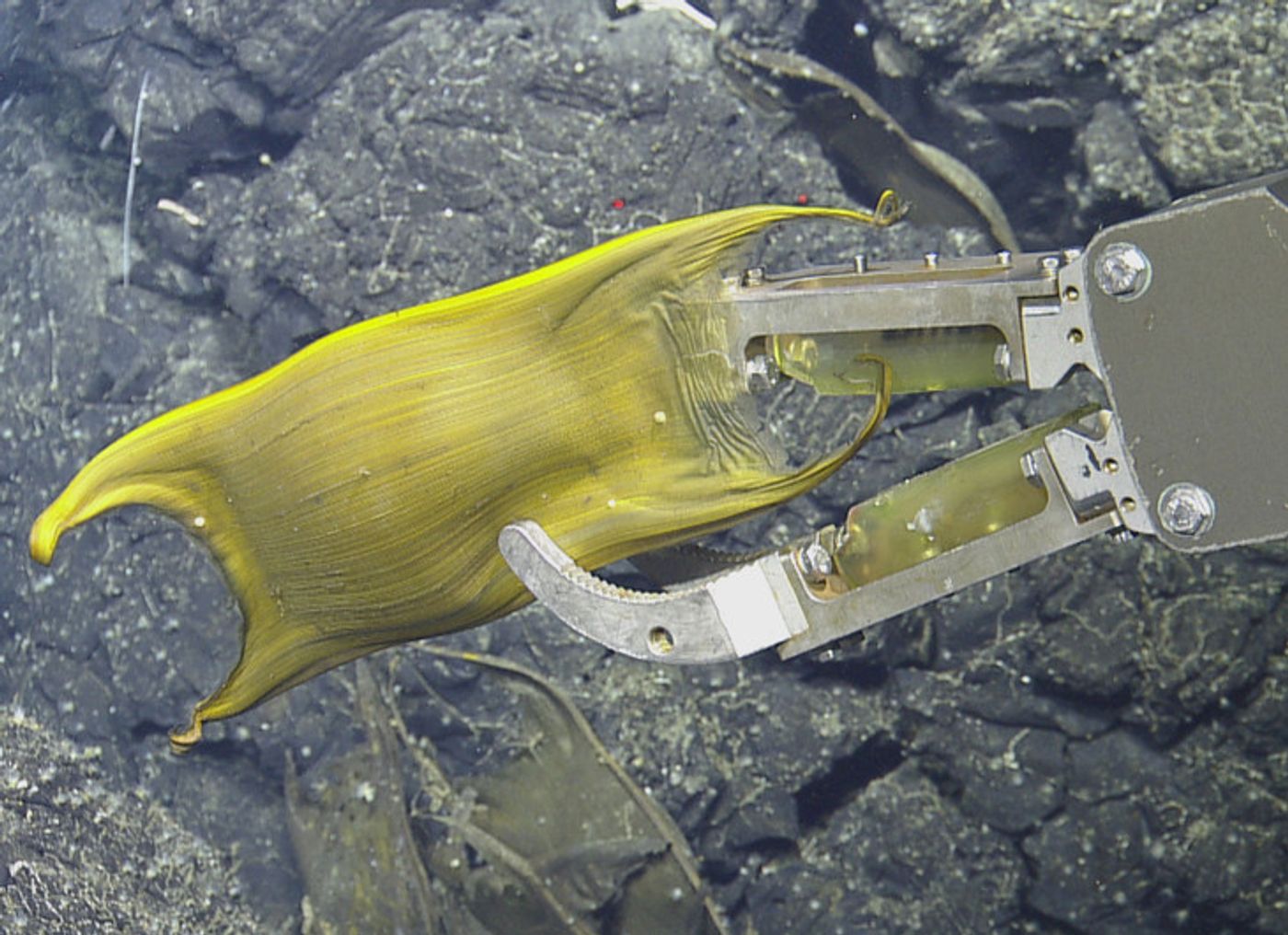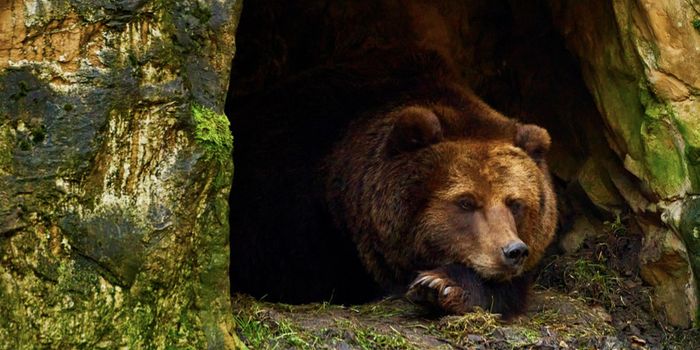Hydrothermal Vents Help These Fish Incubate Their Eggs More Quickly
The lack of sunlight on the ocean floor forces deep-sea fish to contend with frigid temperatures, but that doesn’t mean they haven’t learned how to cope.
New research published in the journal Scientific Reports this week by Pennsylvania State University researchers highlights how deep-sea skates take advantage of hydrothermal vents on the ocean floor for egg incubation purposes.
Image Credit: Ocean Exploration Trust
"Hydrothermal vents are extreme environments, and most animals that live there are highly evolved to live in this environment," said Professor Charles Fisher, a co-author of the study. "This study is one of the few that demonstrates a direct link between the vent environment and animals that live most of their life elsewhere."
Related: How earthquakes result in rare baby fish
As the name implies, deep-sea skates swim deep below the ocean’s surface, but they aren’t particularly known for hanging out around hydrothermal vents. Nevertheless, the eggs they lay have incubation times lasting up to four years, and they need to stay warm during that time.
Hydrothermal vents transfer heat from the Earth’s internal volcanic activity to the surrounding water on the sea floor. The warming effect forms an ideal place for deep-sea skates to keep their eggs warm for extended periods of time.
The researchers learned about the deep-sea skate’s egg incubation methods after deploying a remotely-operated underwater vehicle (ROV) in the Galapagos archipelago. When they did, they discovered 157 individual egg cases, most of which existed within 65 feet of the vents.
Image Credit: Ocean Exploration Trust
The team collected at least four egg case samples for analysis and concluded that the egg cases belonged to a skate species dubbed Bathyraja spinosissima.
"The first place the ROV landed on the sea floor was on a ridge, in the plume of a nearby hydrothermal vent that we had specifically come to investigate - a black smoker," Fisher explained.
"When we panned the camera down, we found something we did not expect: These giant egg cases, also known as mermaid purses. And we found several layers of them, indicating that whatever was laying these eggs had been coming back to this spot for many years to lay them. As the dive progressed, we saw more and more of these egg cases and realized that this was not the result of a single animal, but rather a behavior shared by many individuals."
Related: Researchers find six new sea life species in or around hydrothermal vents in the Indian Ocean
Deep-sea skates have long lifespans and don’t reproduce as frequently as other animals do. With that in mind, they take full advantage of the environment around them to help ensure their survival.
The researchers think that the warmer temperatures surrounding the hydrothermal vents help speed up the incubation process and ensure successful reproduction. If true, the findings could help researchers develop novel conservation strategies when the time comes.
It goes without saying that the ocean floor holds plenty of secrets, but humankind has barely even scratched the surface to understand what goes on down there. Perhaps future research could shed more light on the situation and help uncover whether other marine animals utilize similar tactics to incubate their eggs.
Source: Pennsylvania State University










